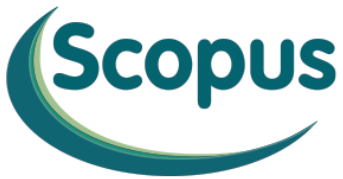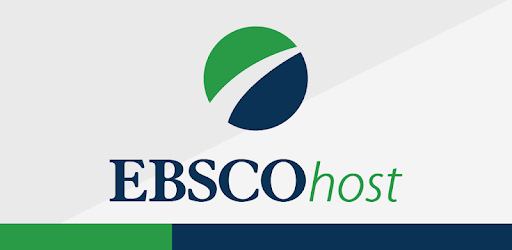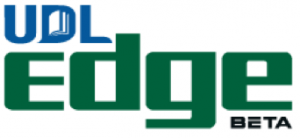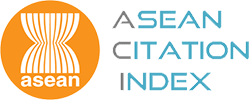ALTERNATIVE APPROACHES IN HANDLING CHILD OFFENDERS: A CASE STUDY OF COMMUNITY-BASED DIVERSION PROGRAMMES IN MALAYSIA
DOI:
https://doi.org/10.32890/uumjls2025.16.2.10Abstract
Diversion is the best approach to rehabilitate child offenders; however, children arrested for criminal offences in Malaysia must adhere to the procedures in the Child Act 2001. Although no specific diversion programme exists for child offenders in Malaysia, the Malaysian government is working on a project that is a community-based initiative with some elements of diversion practice to manage children in conflict with the law. The study examines the pilot community-based rehabilitation practices to fulfil the initiative as a formal diversion programme for child offenders in Malaysia. The study is crucial to convince child welfare agencies that the pilot community-based initiatives could be developed as a comprehensive diversion module for managing child offenders in Malaysia. This study employed in-depth interview techniques to gather qualitative data. The sample included nine child offenders, eight practitioners, and three parents/caregivers. Manual coding was utilised to facilitate the organisation, analysis, and interpretation of the data efficiently. The findings revealed that Malaysia's juvenile justice system has actively engaged community agents—aligning with UNICEF’s recommendations—through family engagement, community mobilisation, and supervision efforts. Nevertheless, the study identified a pressing need to further strengthen the role of these community agents, particularly in preparing for the implementation of formal diversion programmes. In light of these findings, the researcher proposed the development of a comprehensive diversion module to guide the management of child offenders, which could serve as a framework for establishing a formal diversion system within Malaysia’s juvenile justice context.
Additional Files
Published
Issue
Section
License
Copyright (c) 2025 UUM Journal of Legal Studies

This work is licensed under a Creative Commons Attribution 4.0 International License.










